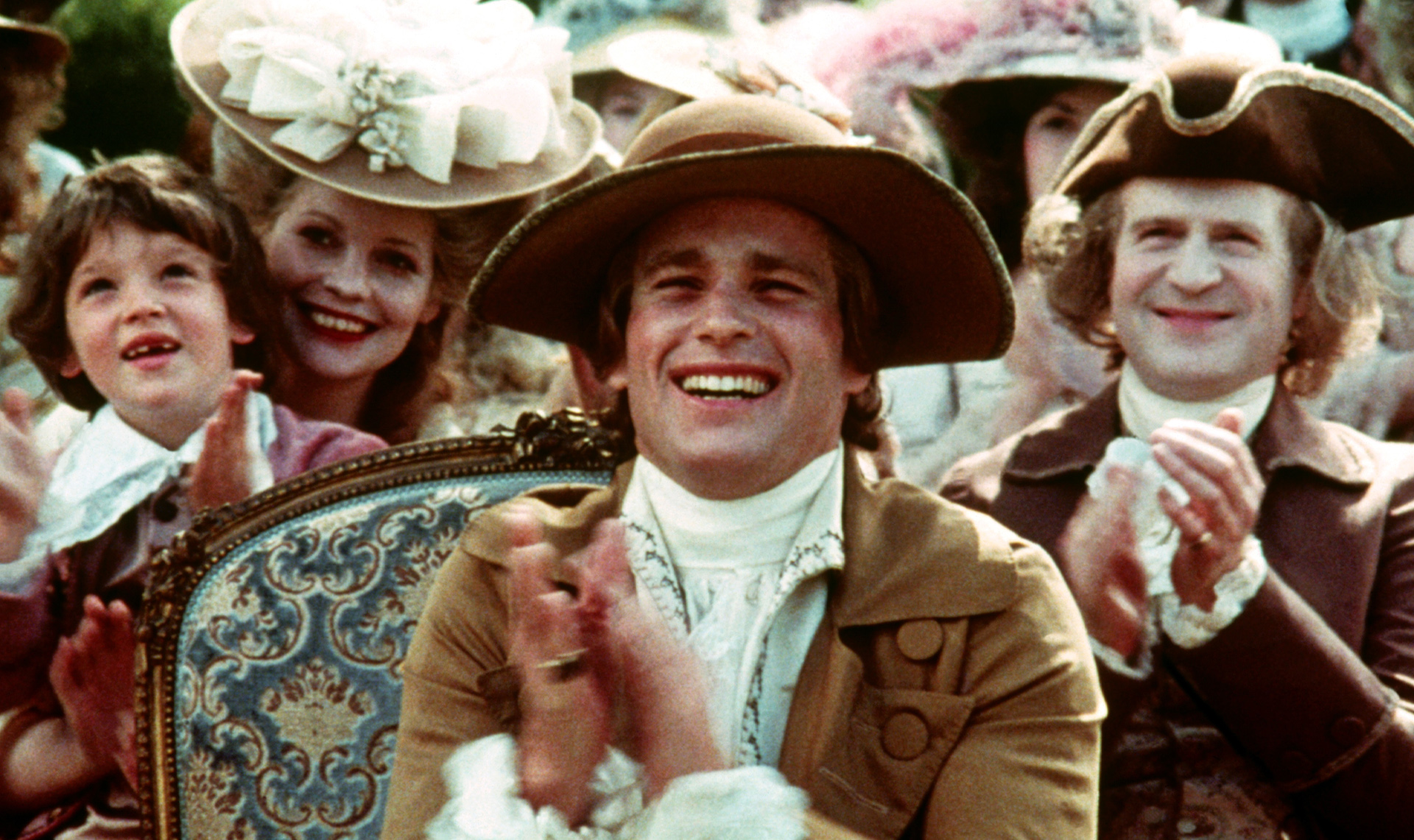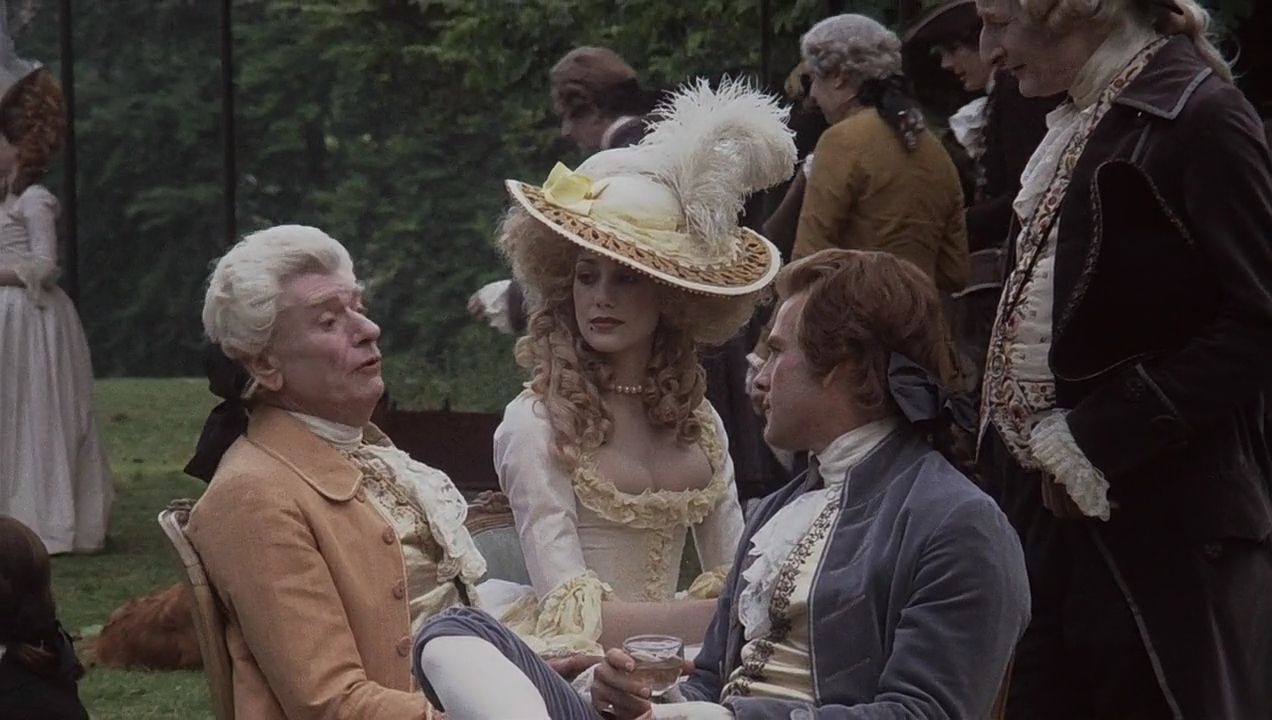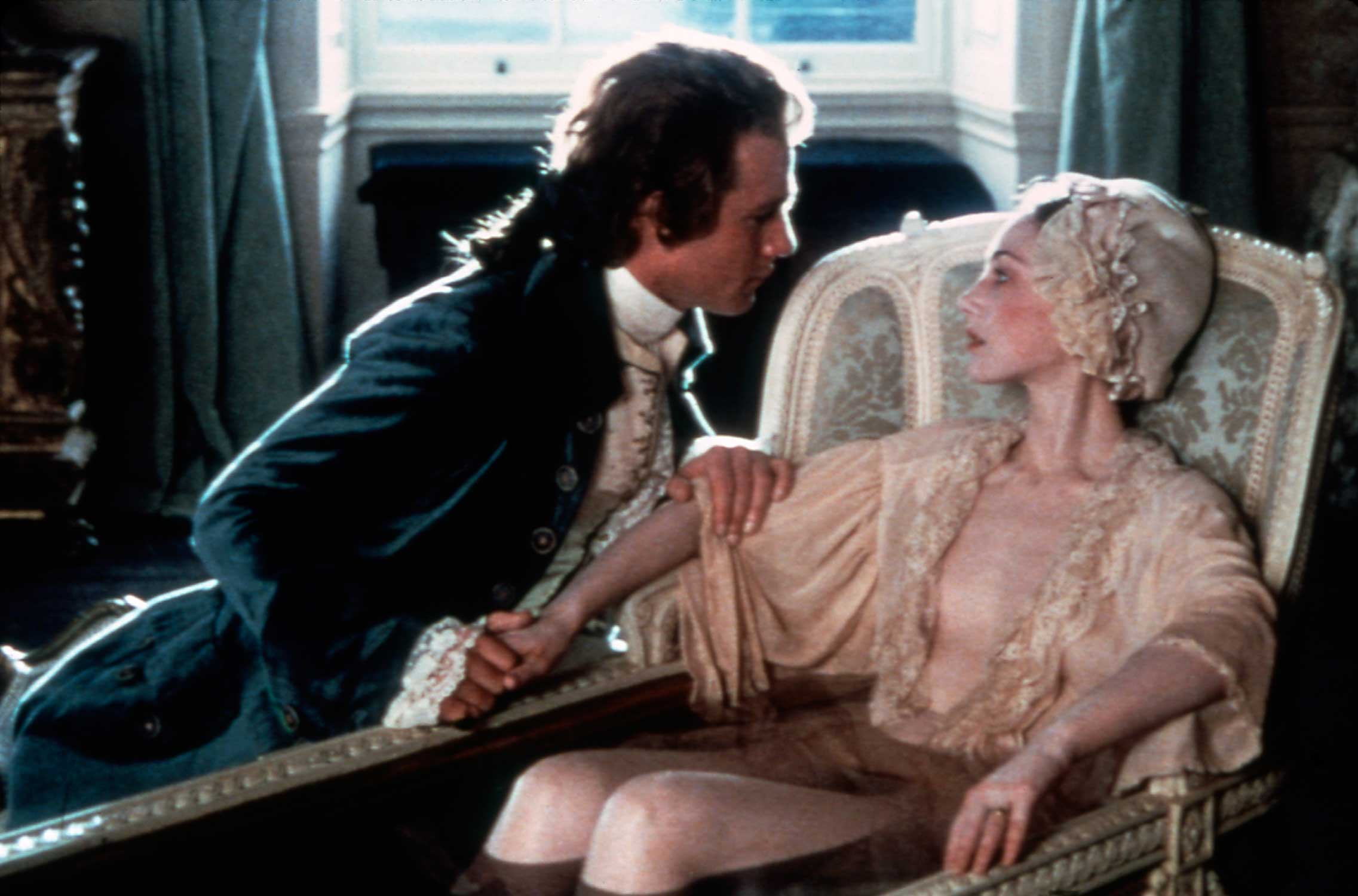Introduction to Barry Lyndon

Barry Lyndon cinematography, released in 1975, is a period drama film directed by the legendary Stanley Kubrick. Based on the novel “The Luck of Barry Lyndon” by William Makepeace Thackeray, the film follows the life of an Irish rogue who climbs the social ladder in 18th century England and eventually becomes a wealthy aristocrat. While the film received mixed reviews upon its release, it has since gained a cult following and is now considered a masterpiece of cinema.
One of the most striking aspects of Barry Lyndon is its stunning cinematography. The film was shot entirely using natural light, with no artificial lighting or studio sets. This decision, along with the use of long takes and slow pacing, gives the film a painterly quality that is reminiscent of the works of old masters such as Rembrandt and Vermeer. In this blog post, we will delve into the masterful cinematography of Barry Lyndon and explore how it contributes to the overall narrative and impact of the film.
Understanding Barry Lyndon cinematography
Before we dive into the specifics of Barry Lyndon’s cinematography, let’s first understand what cinematography is and why it is important in film. Cinematography is the art and technique of capturing images on film or digitally. It involves the use of camera angles, lighting, composition, and camera movement to create a visual language that conveys the story and emotions of a film.
Cinematography is crucial in film because it is the primary means of storytelling through visuals. It can set the mood, establish the time and place, and convey the characters’ emotions and motivations. A skilled cinematographer can elevate a film from good to great by using their technical expertise and artistic vision to create visually stunning and meaningful shots.
Now, let’s see how cinematography plays a pivotal role in the storytelling of Barry Lyndon.
The Role of Barry Lyndon cinematography
Barry Lyndon is a period drama set in the 18th century, and the cinematography reflects this time period perfectly. The film was shot using natural light, which was the only available source of lighting during that era. This decision not only adds to the authenticity of the film but also creates a unique visual style that sets it apart from other period dramas.
The use of long takes and slow pacing also adds to the film’s authenticity and allows the audience to immerse themselves in the world of 18th century England. It gives the film a sense of grandeur and elegance, befitting the story of a man trying to climb the social ladder.
Additionally, the use of natural light and long takes required meticulous planning and precise execution by the cinematographer, John Alcott. This level of attention to detail and technical expertise is evident in every frame of the film and contributes to its overall visual appeal.
Techniques Used in Barry Lyndon’s Cinematography
Now, let’s take a closer look at some of the specific techniques used in Barry Lyndon’s cinematography that make it so visually stunning.
Lighting and Color in Barry Lyndon cinematography
As mentioned earlier, the film was shot entirely using natural light, with no artificial lighting or studio sets. This meant that the cinematographer had to rely on the available light sources, such as candles and fireplaces, to create the desired lighting for each scene.
This decision not only adds to the film’s authenticity but also creates a warm and intimate atmosphere. The soft, diffused lighting gives the film a painterly quality, with each frame resembling a beautiful painting. This is particularly evident in the interior scenes, where the characters are bathed in warm, golden light, creating a sense of luxury and opulence.
In contrast, the exterior scenes are often shot in natural daylight, giving them a more realistic and natural look. This contrast between the warm, artificial lighting of the interior scenes and the cool, natural lighting of the exterior scenes adds depth and dimension to the film’s visuals.
The use of color is also significant in Barry Lyndon’s cinematography. The film’s color palette is predominantly earthy tones, with shades of brown, green, and blue dominating the screen. This color scheme not only reflects the time period but also adds to the film’s overall aesthetic and mood.
Composition and Framing in Barry Lyndon cinematography
Another technique that stands out in Barry Lyndon’s cinematography is the use of composition and framing. Each shot is meticulously composed, with great attention paid to the placement of characters and objects within the frame.
The film often uses symmetrical compositions, with characters placed in the center of the frame, creating a sense of balance and harmony. This is particularly evident in the interior scenes, where the grandiose architecture and opulent furnishings are showcased through perfectly framed shots.
In addition to symmetrical compositions, the film also uses wide shots and long takes to capture the vastness of the landscapes and the grandeur of the estates. This not only adds to the film’s visual appeal but also gives the audience a sense of the characters’ place in the world.
Camera Movement in Barry Lyndon
Barry Lyndon’s slow pacing is also reflected in its camera movement. The film primarily uses static shots, with minimal camera movement. This allows the audience to take in the details of each frame and appreciate the beauty of the film’s composition and lighting.
However, there are a few instances where the camera moves, such as in the famous duel scene between Barry and Captain Quin. Here, the camera follows the characters’ movements, adding tension and intensity to the scene. This shows that even in moments of action, the camera movement is purposeful and adds to the narrative rather than being used for the sake of it.
Comparison with Other Films’ Cinematography
Barry Lyndon’s cinematography is often compared to that of other period dramas, such as Pride and Prejudice and Sense and Sensibility. While these films also have beautiful cinematography, there are some key differences that set Barry Lyndon apart.
Firstly, the use of natural light in Barry Lyndon gives it a unique visual style that cannot be replicated using artificial lighting. This adds to the film’s authenticity and makes it stand out from other period dramas that use studio sets and artificial lighting.
Secondly, the long takes and slow pacing in Barry Lyndon allow the audience to fully appreciate the beauty of each shot. In contrast, other period dramas often use quick cuts and fast-paced editing, which can be visually stunning but do not allow the audience to fully immerse themselves in the world of the film.
Lastly, the use of color and composition in Barry Lyndon is unparalleled. The film’s earthy color palette and symmetrical compositions create a sense of grandeur and elegance that is unique to this film.
Impact of Cinematography on the Film’s Narrative
The masterful cinematography of Barry Lyndon not only adds to the film’s visual appeal but also plays a crucial role in the storytelling. As mentioned earlier, the use of natural light and long takes creates an intimate and immersive atmosphere, allowing the audience to fully experience the world of the film.
Additionally, the deliberate use of lighting, color, and composition helps convey the characters’ emotions and motivations. For example, in the scene where Barry is rejected by Lady Lyndon, the use of harsh, unflattering lighting and asymmetrical composition reflects his feelings of rejection and isolation.
Furthermore, the slow pacing and minimal camera movement give the audience time to reflect on the characters’ actions and motivations, adding depth and complexity to the narrative.
Legacy of Barry Lyndon’s Cinematography
Barry Lyndon’s cinematography has had a lasting impact on the film industry and continues to inspire filmmakers today. The film’s use of natural light and long takes has become a trademark of Stanley Kubrick’s style and has influenced many other directors, such as Terrence Malick and Paul Thomas Anderson.
The film’s unique visual style has also been referenced and parodied in popular culture, further cementing its place in cinema history. Additionally, the film’s use of natural light has inspired other filmmakers to experiment with lighting techniques, leading to new and innovative ways of capturing images on screen.
Conclusion
In conclusion, the masterful cinematography of Barry Lyndon is a testament to Stanley Kubrick’s genius and John Alcott’s technical expertise and artistic vision. The film’s use of natural light, long takes, and deliberate composition and framing create a visually stunning and immersive experience for the audience.
Moreover, the cinematography plays a crucial role in the film’s storytelling, adding depth and meaning to the narrative. Its impact can still be seen in modern cinema, making Barry Lyndon a timeless masterpiece that will continue to inspire future generations of filmmakers.









